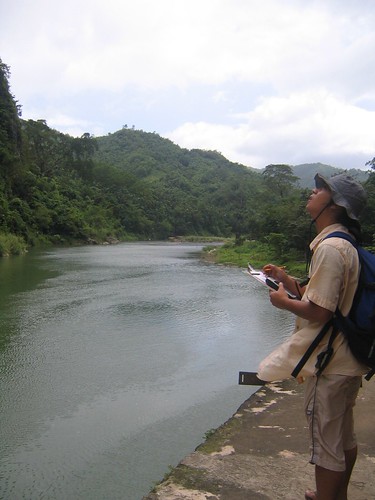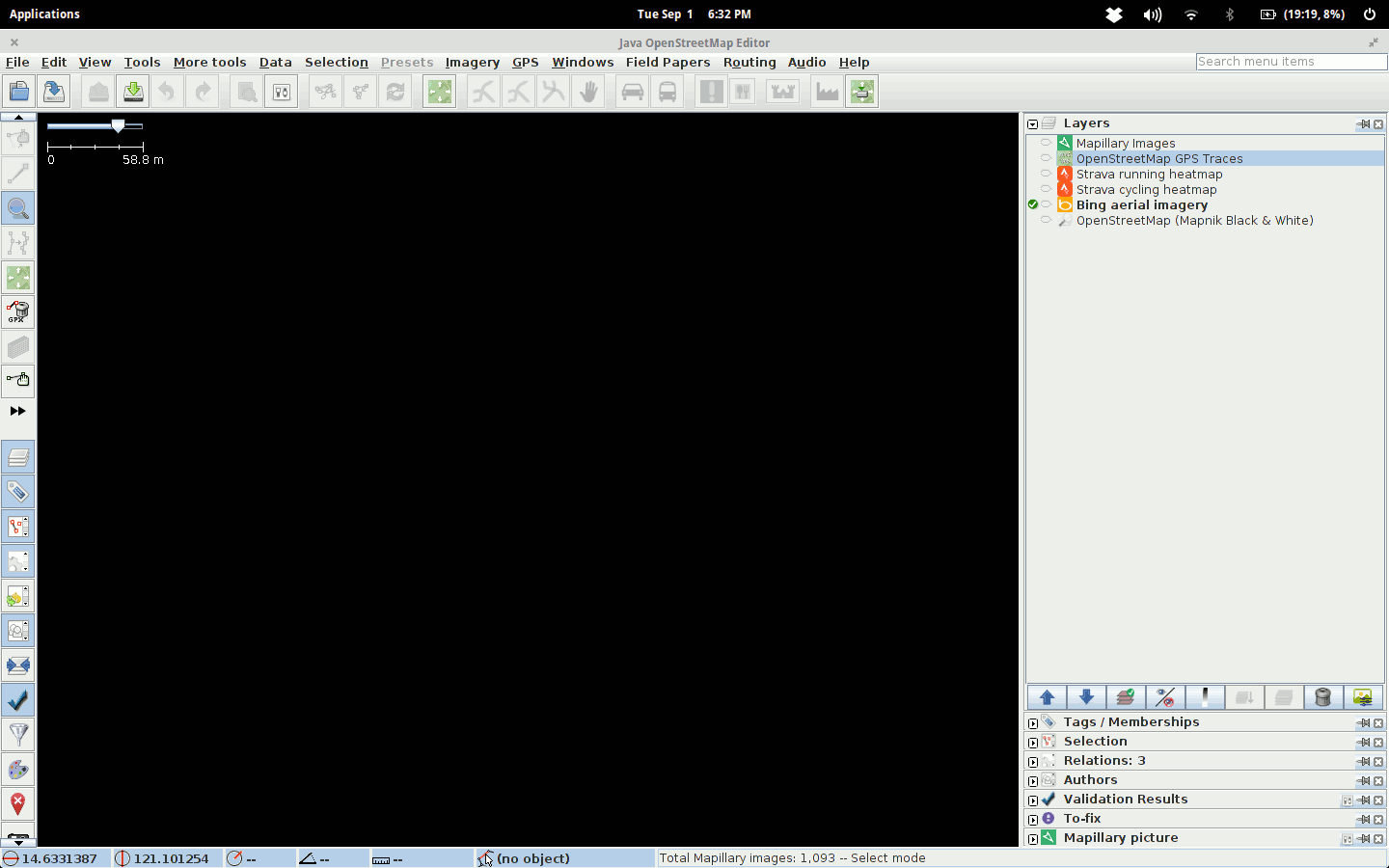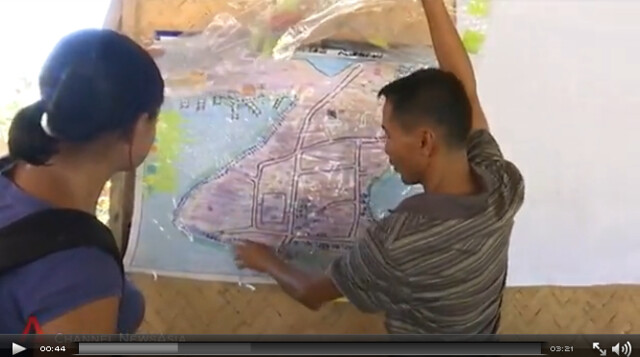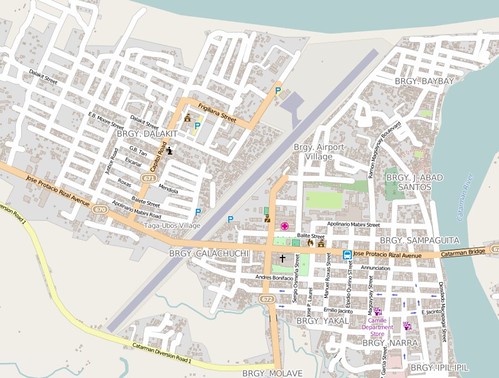The pandemic changed the OSM-PH community plans for the year in 2020. In person meetups became online and we had to adjust our big plans for this new approach. I collected the publication materials we posted in our social media account to get a broad sense of what we did last year.
The montage above is a small collection of them. Some highlights.



 3D buildings around Foundation University, Dumaguete
3D buildings around Foundation University, Dumaguete









